Estimated reading time: 9 minutes
Tristan Gooley writes in his book, The Lost Art of Reading Nature's Signs, that it is “not the map that should make sense of the land, but the land that will make a map for us.”
Although we have access to more information than ever before in history, many of us have lost the ability to learn from an ancient and wise teacher: Mother Nature. It is by reading the signs of nature that explorers were able to cross vast oceans in sailing ships. It is how pioneers were able to cross continents on foot and in covered wagons.
Learning the language of nature is a valuable skill that can benefit anyone who seeks to live a simpler lifestyle. Natural signs can help us find our way when we are lost, prepare when harsh weather is looming, and locate food and water when we are hungry and thirsty.
Here are five ways to read the language of nature.
Want to save this post for later? Click Here to Pin It on Pinterest!
1. Finding Direction
As many people who have gotten into trouble by relying on it can testify, GPS (Global Positioning Systems) and mobile phone service can be unreliable. Even “old school” technology can fail us. Compasses can break, and maps can get damaged and lost. Yet nature offers us ways to navigate without any equipment.
Use the Sun
During the daytime, you can use the sun to find direction. Here’s one method. Point the hour hand of an analog watch at the sun. If you are in the northern hemisphere, you can locate South by going counter-clockwise, halfway between the hour hand and 12 o’clock.
If you're in the southern hemisphere, the same point will be North. Now, with South or North located, you can determine the other points of the compass on your watch.
Use the Stars

You also can navigate by the sky at night by finding the Ursa Major constellation (also known as the Great Bear, the Wagon, the Plough, and most commonly, the Big Dipper).
First, find the Pointer Stars, which are the stars at the end of the Big Dipper. Draw an imaginary line through them and then raise your gaze about five times the distance of this imaginary line. You soon should spot Polaris, or the North Star, the brightest star in that part of the sky. If you are in the northern hemisphere, Polaris points the way North.
Use the Trees
What if it is a cloudy night and you cannot see the stars? Another way to find North is by examining moss on trees. Moss usually grows on the north side of tree trunks where it gets more shade and, thus, more moisture.
Here’s a tip: Check for tree moss that is more than two feet above the ground for directional signals. Moss close to the ground gets moisture from the ground, so it may grow on all sides of the tree trunk that low.
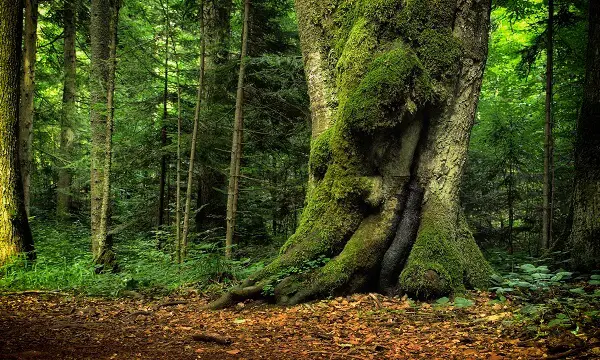
Use the Wind
Wind patterns can also help with direction. Weather can move in any direction from areas of high pressure toward areas of lower pressure. However, in the northern hemisphere, stormy weather tends to blow west to east.
This pattern is due to the warm, high-pressure tropical air that flows toward cold northern continental air. The winds shift west to east due to the rotation of the earth.
2. Learning from Animals
Whether you are trying to find wild animals for food or trying to know where they are so you can keep safely away from them, nature gives us many signs that can help us.
Look for Paths
Animals not only leave footprints or tracks, they usually leave a tell-tale path. Animals often follow the same route when they hunt for food or make their way to the nearest water source. They also leave tell-tale signs that point to the places where they sleep and eat.
Other Clues
Keep an eye out for tufts of hair or feathers, and watch for piles of bones or even carcasses or body parts from recent meals.
3. Locating Water
If you are in an emergency survival situation, finding water is a top priority. Once again, you can look for signs from your natural surroundings.
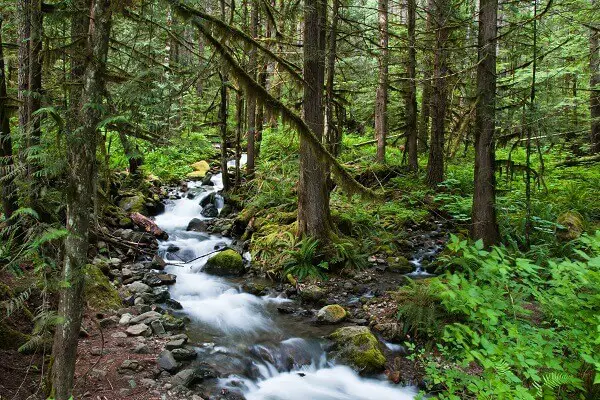
Listen
Use your senses. If you are perfectly still and quiet, you sometimes can hear the sound of running water from quite a distance away.
Watch The Animals
In addition to following animal tracks that lead to water, insects can help point the way. Swarms of insects usually indicate that water is near. Look to the sky, especially in the early morning and the early evening, for flocks of birds. They may be heading to a body of water to drink, bathe, and find food.
Go Downhill
Another tip for finding water is remembering that it always runs downhill. That's why you should walk downhill until you find a ditch or gully, then follow that until you find the water into which they drain.
4. Predicting The Weather
If you know what to look for, nature can be a pretty good weather forecaster. Here are a few signs.
Air Pressure
Air pressure rises and falls mean the weather is about to change. One way to measure air pressure without any technology is by observing campfire smoke. If the smoke from a campfire goes straight up, the air pressure is high. If the smoke goes downward, the pressure is low.
High winds indicate changing air pressure, which means changing weather. High air pressure usually means that a bright, sunny day is on the way. Low air pressure indicates that rain clouds are coming in.
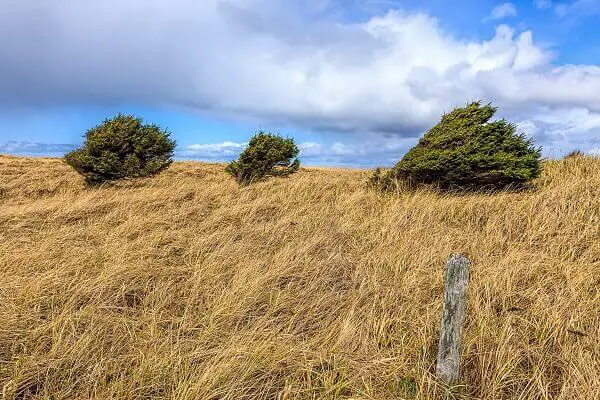
Halos
If you see a circle around the moon, bad weather is on the horizon. The loop is formed when the light of the moon refracts (or bends) through ice crystals. That means cirrus clouds are present, indicating a storm is coming.
Similarly, if you see a ring around the sun, it also means unsettled weather. The ring is made of ice crystals that reflect and refract light. Therefore, a halo around the sun means rain or snow is imminent.
Red Skies
“Red skies at night, sailors delight; red skies in the morning, sailors take warning.”
This old saying makes good weather sense. If there is a pink sunset, the sun is shining on dust particles that are being pushed by a high-pressure system. This situation brings warm, dry air.
However, if the sunrise is red, it indicates that a low-pressure system likely is pushing moisture – and potentially winds. A storm will arrive soon.

Animals
Animals also can give us a heads-up about the weather. If squirrels and birds seem to be overly active in finding their food, it can mean a big storm is headed your way.
Birds are very sensitive to air pressure changes. Therefore, high-flying birds indicate good weather, while birds flying low to the ground can mean they sense the drop in barometric pressure the comes with an advancing storm.
One of the more enduring insect weather predictors is the woolly bear caterpillar (also called the woolly worm and fuzzy worm). This distinctive caterpillar has 13 distinct segments that are either rusty brown or black in color.
The legend goes that the wider or more plentiful the rusty brown sections, the milder the coming winter will be. On the other hand, the more black sections there are on the caterpillar, the harsher the winter will be.

5. Examining Plants and Trees
Did you know that some plants can help us predict the weather? Plants prepare themselves for a harsh winter much in the same way animals grow heavier fur coats.
Fruit & Veggie Skins
Everything from apple skins to acorn shells to pine cones to corn husks to onion skins grow thicker and stronger in advance of a bad winter.
Flowers
Flowers have a stronger scent just before a rainstorm. Some flowers, including dandelions and tulips, can sense an approaching storm and will close their flowers as a defensive measure.

More Tips
Ben Franklin once wrote, “Some of us are weather-wise, and some are otherwise.” Here are some other tried and true plant adages from the Old Farmer’s Almanac that help predict weather:
- “Look for a heavy winter coat if the buds have heavy coats.”
- “Mushrooms galore, much snow in store. No mushrooms at all, no snow will fall.”
- “When leaves fall early, fall and winter will be mild. When leaves fall late, winter will be wild.”
- “As high as the weeds grow, so will be the bank of snow.”
- “Squirrels gathering nuts in a flurry will cause snow to gather in a hurry.”
Nature can be an excellent teacher. In The Lost Art of Reading Nature's Signs, Tristan Gooley mentions that learning nature’s lessons can be a surprisingly fun and rewarding process.
“Once you bring all the pieces together, from the shape of the cloud overhead to the color of the leaf by your side, a rich and useful collection of clues will be yours.”
Like this post? Don't forget to Pin It on Pinterest!



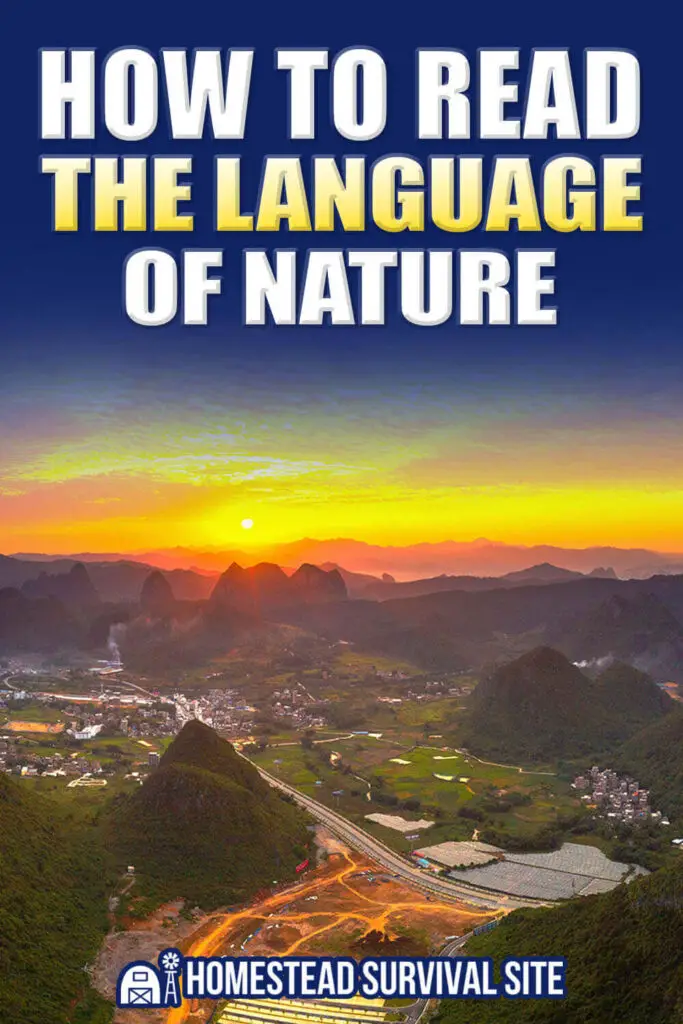


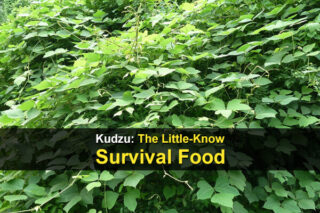






Meh…just expect the weather is going to get bad, it always does, and be prepared.